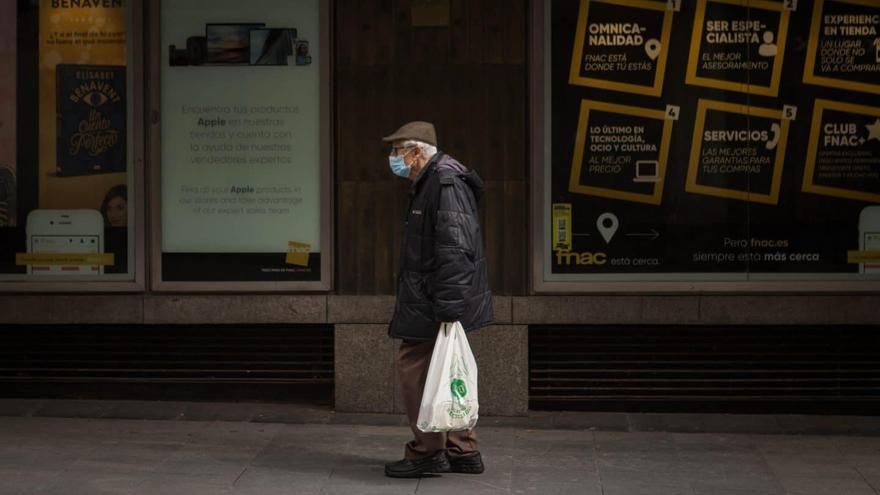
The Ministry of Health today updated the health alert levels after the epidemiological report of the General Directorate of Public Health, carried out in accordance with the new criteria of the COVID-19 Surveillance and Control Strategy after the acute phase of the Pandemic, based on indicators of use of care services.
According to this report, all the islands continue at the same level they were: Tenerife and Gran Canaria at level 2, or medium risk, and Fuerteventura, Lanzarote, La Palma, La Gomera and El Hierro at level 1.
The indicators of the use of health services, referring to the occupation of beds, are fundamentally those that mark the severity caused by COVID-19, and those that are taken into consideration to determine the level of health risk. In this way, five alert levels are established (from 0 to 4) that assess whether the situation is Controlled Traffic, which would be the lowest, or low, medium, high or very high risk.
Healthcare indicators
Care indicators maintain a favorable evolution, and although the daily average number of conventional hospital beds occupied by COVID-19 patients increases slightly, by 9.2%, it remains with an average occupancy percentage for Tenerife and Gran Canaria, and low or in controlled circulation for the rest of the islands.
Downward trend in ICU bed occupancy
However, the number of occupied ICU beds maintains the downward trend, decreasing by 17.7% compared to the previous evaluation. The occupancy rate stands at 3.6%, controlled circulation throughout the Autonomous Community and on all the islands.
The occupancy rate of ICU beds per 100,000 inhabitants decreased by 33% in the last week, standing at 0.8 ICU beds used per 100,000 inhabitants, at low risk. The islands of Tenerife and Gran Canaria are at a low irrigation level for this indicator and the rest of the islands remain at a controlled circulation level.
Incidence in people older than 60 years
In the Autonomous Community as a whole, the Seven-day Accumulated Incidence rate for people over 60 years of age rose 6.5% with respect to the previous week. All the islands are at medium risk, like the Community as a whole, except Fuerteventura, which drops to a low risk level.
Evolution of indicators in the last month
The report from the General Directorate of Public Health also indicates that since March 24, when the Government of the Canary Islands adopted the agreement temporarily suspending the limiting measures for the protection of health and the prevention of the spread of COVID -19 applicable to the different alert levels, the indicators for the use of health services have decreased, both in terms of occupancy of conventional and ICU beds.
As of March 24, the percentage of conventional beds occupied by COVID-19 patients in the Canary Islands was 6.77%, with the rate of new hospitalizations for COVID-19 being 9.5 admissions per 100,000 inhabitants and the occupancy rate per 100,000 inhabitants of 16.6 occupied beds per 100,000 inhabitants. As of April 25, the percentage of conventional beds occupied by COVID-19 patients has decreased by 22%, the rate of new hospitalizations for COVID-19 by 23.2% and the occupancy rate per 100,000 inhabitants by 22.3%. .
In relation to the care capacity of intensive care beds, the percentage of ICU beds occupied by COVID as of March 24, 2022 was 8.33%, with the rate of new hospitalizations in the ICU by COVID-19 being 1.1 new admissions per 100,000 inhabitants and the ICU bed occupancy rate per 100,000 inhabitants of 1.93 occupied ICU beds per 100,000 inhabitants. With respect to that date, as of April 25, the percentage of ICU beds occupied by COVID-19 patients has decreased by 57.1%, the rate of new hospitalizations in the ICU for COVID-19 by 45.5% and the rate occupancy of ICU beds per 100,000 inhabitants, 57%.
















